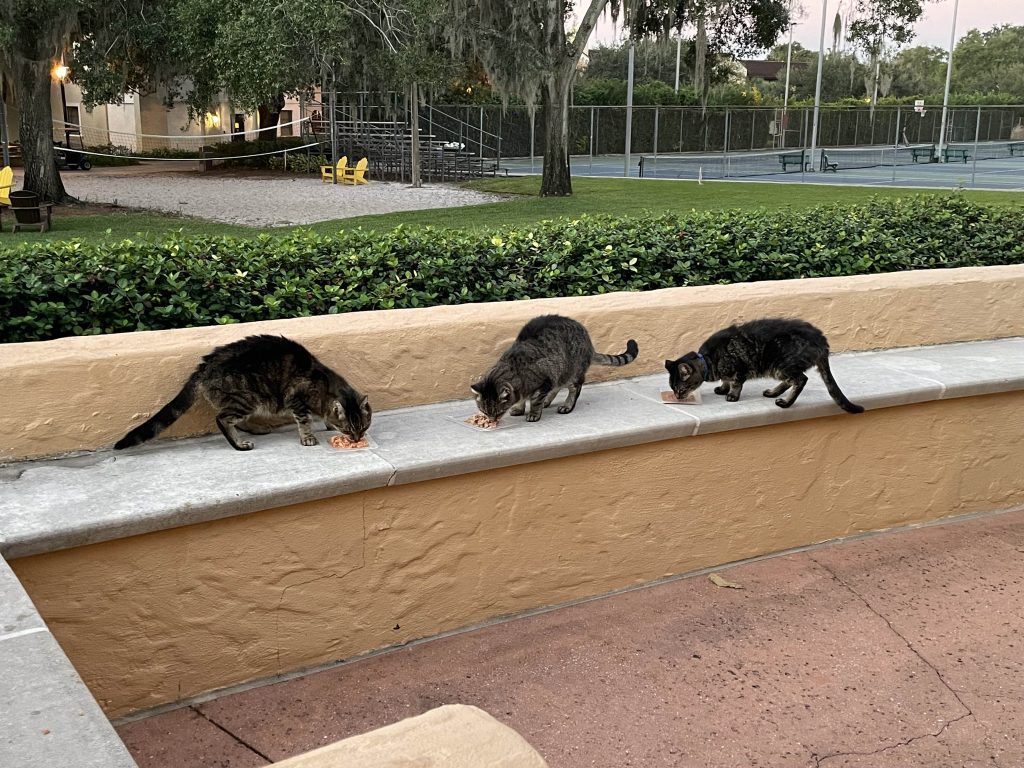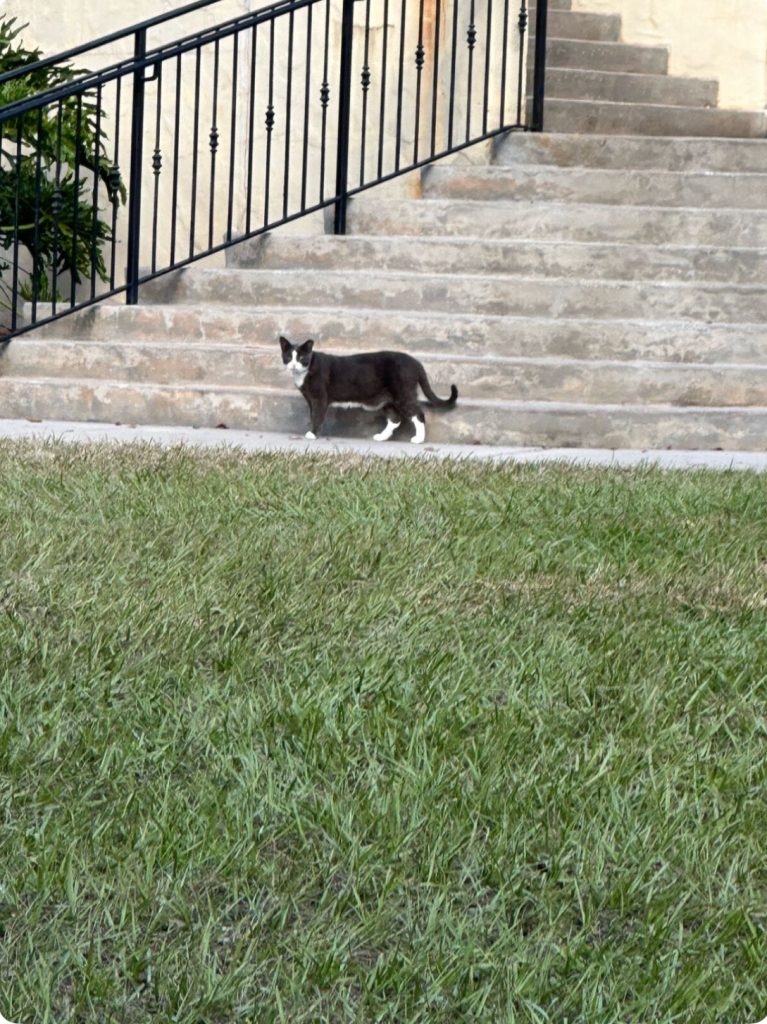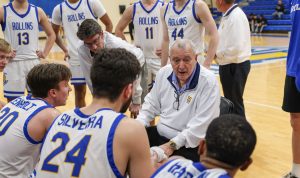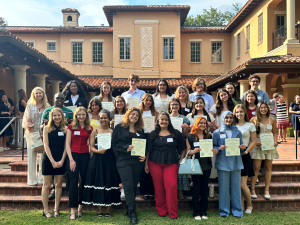
Photos courtesy of Trayce Smith
When new students arrive on campus for the first time, they are quite often surprised to hear about Rollins’ campus cats. One can find these cats around campus lounging about or interacting with students. Many students worry about the cats and whether they are being taken care of. However, they are well taken care of thanks to Trayce Smith, her husband Drew Smith, and Margareth Kupetz.
Trayce Smith
Assistant Director of Financial Aid Trayce Smith has been working at Rollins since 1993. Her involvement with the campus cats started in 2008 when she noticed that a lot of the cats were not being taken care of properly. She decided to gather a small group of volunteers to start taking care of the cats through a feeding schedule and a trap, neuter, vaccinate and release (TNVR) program. At the time, Rollins campus had a serious feral cat problem. By establishing a TNVR program on campus, the size of the cat colony became more manageable, and the living conditions of these cats significantly improved.
Although the size of the cat colony is manageable, Smith has often worried about pet abandonment on campus. People have often abandoned cats on campus due to the existence of the cat colony. Many cats have found their way onto campus either from pet abandonment or naturally.
Margareth Kupetz
Senior Spanish Lecturer Margareth Kupetz has been working at Rollins since 2008. During the 2012-13 school year, she first met the campus cats when she discovered the Tabby Trio. The Tabby Trio is a group of three cats: a mother, Minnie, and her two daughters, Turtle and Willow, who hang out around Rice Pavilion. Kupetz would always leave a little treat and some food for the Tabby Trio before heading to her class in the morning. After a little while, she found a letter from Trayce Smith saying that the cats are well taken care of and to call her. This is how the two first started working together to take care of the cats. Smith met with Kupetz, introduced her to the campus cats, and got her signed up for a feeding schedule.
Kupetz has committed a lot of time and energy into taking care of the cats. She teaches at 8 AM and arrives a couple hours early to feed the cats and make sure that they are all taken care of. The professor is also a mother so she must split her time between spending time with her children and volunteering with the cats. Kupetz finds a lot of enjoyment in arriving on campus early to spend time with the cats. When the weather gets colder, she wraps some of the cats in her scarf so that they can warm up.
On the first day of her classes, Kupetz has an introduction powerpoint during which she talks about the cats and her involvement with the cats. She encourages her students to stop and spend time with the cats whenever they can. Now, her students bring photos of their interactions with the cats to show her.
Campus Cats
A cat does not automatically become a campus cat when they arrive on campus. Whenever there is a new cat on campus, the process is to evaluate whether they would make a good pet and are adoptable. Smith and Kupetz want to ensure that any cat that is adoptable can find a home. Some cats become barn cats, while others are adopted out to students, faculty, and staff.
The cats that remain on campus are well taken care of, being fed food twice a day. The cats mostly keep to themselves, although they will let students pet them if they feel comfortable enough.
There are about 8 – 10 cats on campus at a time. The feline residents include:
Mugsy (who lives on the east side of campus near Pinehurst)
Minnie, Turtle, and Willow (The Tabby Trio)
Gravy (who lives near Elizabeth Hall)
Coopy and Nosey (who live on the west side of campus)
Dapper, Big Moo, and Little Moo (who live down by the lake near Elizabeth Hall)
Students and the Cats
Many students form really close connections with the cats. The cats provide a lot of comfort for students who are living away from home for the first time or even for students who are struggling with school work or relationship issues.
“I know we have a lot of students that have emotional support animals on campus, but for those students that might not have an official qualifying situation that permits them to have an emotional support animal, just having the cats on campus gives them a little feeling of home,” said Smith.
One of the most popular campus cats was Sophie. Sophie was known as the campus greeter. Her territory was between Bush Science Center, the Annie Russell Theatre, and Knowles Memorial Church. She was known to wander into the theatre if the door was left open. On occasions, Sophie would make herself comfortable on the organ bench in the church.
“Joanne Granberry was a long-time employee at Rollins who has since retired but helped take care of Sophie by feeding her breakfast, so Sophie knew that was where Joanne worked I can go in there,” added Smith.
When Sophie passed away, the Rollins student body erected a shrine to her outside of Bush Science Center.
The Rollins cats always help brighten students’ days and give the Rollins campus even more personality.







Comments are closed.